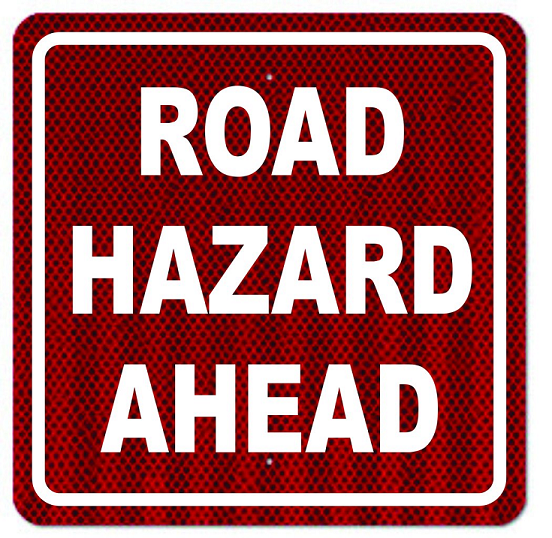What is the Best Option, Dedicated Short Range Communications or Cellular Communication to Send Motorists Safety Messages
February 08, 2019
Volkswagen Group and Toyota Motor Corp. have previously stated they will deploy DSRC. But last year, China signaled support for a cellular approach. Now, Ford’s announcement gives cellular more momentum.
Cellular may have a further advantage: Because many pedestrians and bicyclists carry smartphones in their pockets, their precise locations may be more seamlessly transmitted to vehicles.
If DSRC holds an advantage, it is that it has been tested and vetted for more than a decade. As Volkswagen and Toyota have shown, it can be deployed immediately and achieve the critical mass of units needed on public roads to make this worthwhile. With more cars equipped with Vehicle-to-Vehicle (V2X) capabilities, more of them will be able to both send and receive warnings.
Shailen Bhatt, President and CEO of the Intelligent Transportation Society of America, is concerned that a split approach — some automakers choosing DSRC and others choosing cellular — will undermine connected vehicles’ life- saving potential.
“The specific technology is somewhat immaterial,” he said. “As the head of an association, I’m not here to make a market decision. But as a former DOT director and someone fixated on the idea of almost 40,000 people dying on our roadways, I want to do everything we can to get vehicles talking to each other. It is something that will help save lives.”
Researchers say up to 8.1 million car crashes and 44,000 deaths could be prevented if the federal government would issue a mandate on connected-vehicle technology rather than wait for years, according to an analysis conducted by the University of Michigan’s Transportation Research Institute, which advocates a DSRC approach. Autonomous Vehicles could even use V2X technology to essentially see around corners and learn about hazards ahead on the road.
Though some suppliers are building modules that could potentially handle both cellular and DSRC messages, some are skeptical that will solve the format problem.
While the tussle over the particular technology plays out, a bigger question remains. In the absence of a government mandate, will enough motorists receive V2X on their cars as standard condition, or will enough purchase it as part of an optional technology package, to gain the critical mass required to make this decades-long push worthwhile?
Hope that autonomous vehicles can someday dramatically reduce traffic crashes was in plentiful supply at CES. But, there are other technologies that hold similar potential.
“It’s great that if what gets people excited is this idea of self-driving cars, but I’m much more excited knowing there are technologies being deployed right now that can identify my wife and kids in a crosswalk,” Bhatt said. “That information can be relayed to a car, so that the car knows they’re there even if a distracted driver doesn’t.”
Bigelow, Pete. (2019). “A new connected-car battle: Cellular vs. DSRC”. Retrieved from https://www.autonews.com/mobility-report/new-connected-car-battle-cellular-vs-dsrc.
